Opened 19 BC | ||
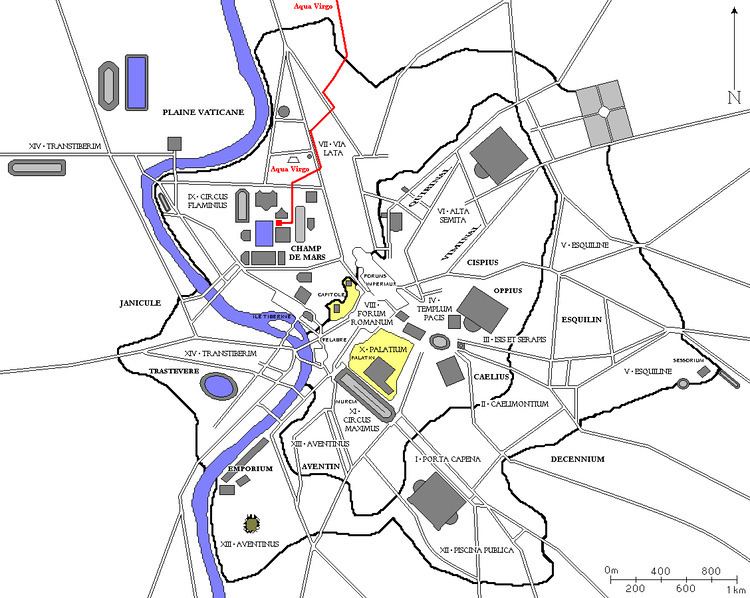 | ||
Similar Aqua Marcia, Aqua Julia, Aqua Appia, Aqua Tepula, Aqua Claudia | ||
The Aqua Virgo was one of the eleven Roman aqueducts that supplied the city of ancient Rome. The aqueduct fell into disuse with the fall of the Western Roman Empire, but was fully restored nearly a whole millennium later during the Renaissance to take its current form as the Acqua Vergine.
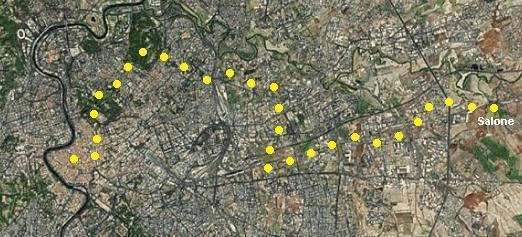
The Aqua Virgo was completed in 19 BC by Marcus Agrippa, during the reign of the emperor Augustus. Its source is just before the 8th milestone north of the of the Via Collatina, in a marshy area about 3 km from the Via Praenestina. It was also supplemented by several feeder channels along its course. The name probably derives from the purity and clarity of the water because it does not chalk significantly. According to a legend repeated by Frontinus, thirsty Roman soldiers asked a young girl for water who directed them to the springs that later supplied the aqueduct; Aqua Virgo was named after her.
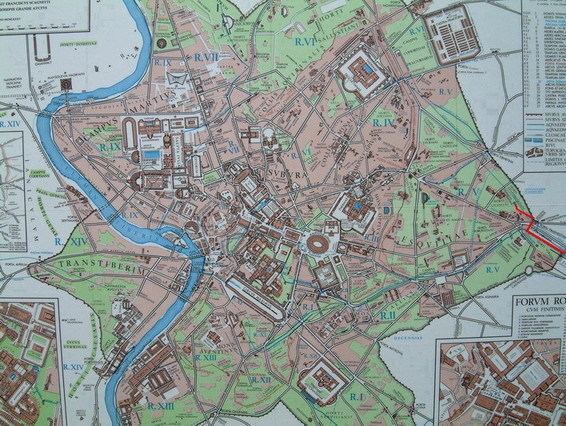
Along its more-than-20 km length, the aqueduct dropped only 4 m to reach Rome in the centre of the Campus Martius. At its height, the aqueduct was capable of supplying more than 100,000 cubic metres of water every day. The aqueduct ran underground for nearly all of its length except the last stretch of 1,835 m running on arches in the Campus Martius area, of which one section remains in via del Nazzareno. Claudius renovated it 46 AD as witnessed by an inscription on the architrave which states that he rebuilt large sections of the aqueduct at this point because Caligula had removed stone for use in constructing an amphitheatre.
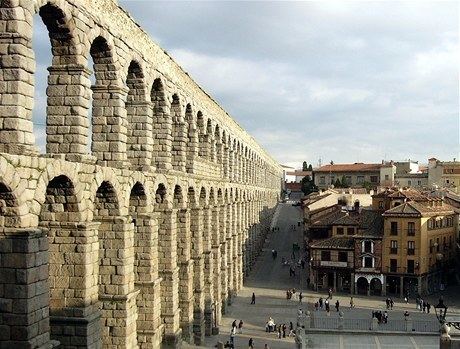
In 537, the Goths besieging Rome tried to use this underground channel as a secret route to invade Rome, according to Procopius.
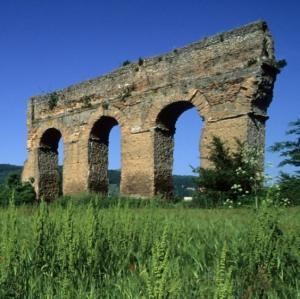
After deteriorating with the fall of the Roman Empire, the Aqua Virgo was repaired by Pope Adrian I in the 8th century.
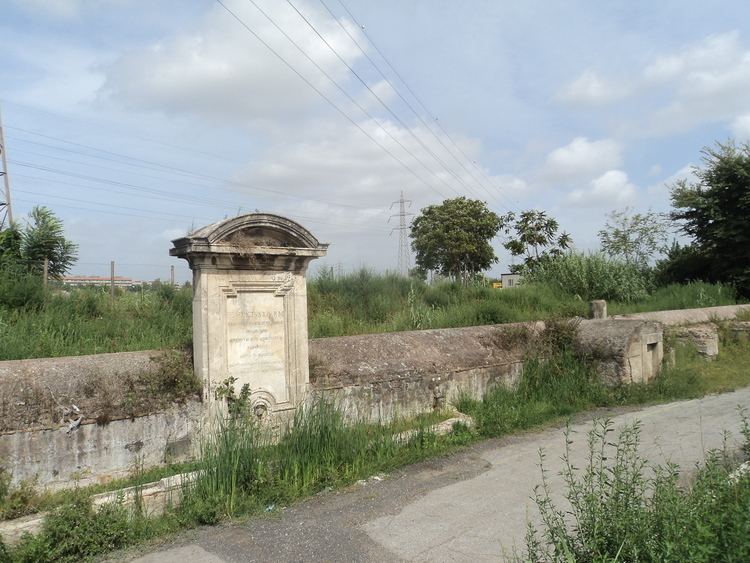
In 1453, Pope Nicholas V made a complete restoration and extensive remodelling from its source to its terminus points between the Pincio and the Quirinale and within Campo Marzio and consecrated it Acqua Vergine. This also led the water to the Trevi Fountain and the fountains of Piazzo del Popolo which it still serves today.
In the 1930's a pressurised version was built, the Acqua Vergine Nuovo, separate from the other channels.
The Aqueduct can be visited below the Spanish Steps and the Villa Medici, where a spiral staircase in perfect condition still leads to the underground conduit.
